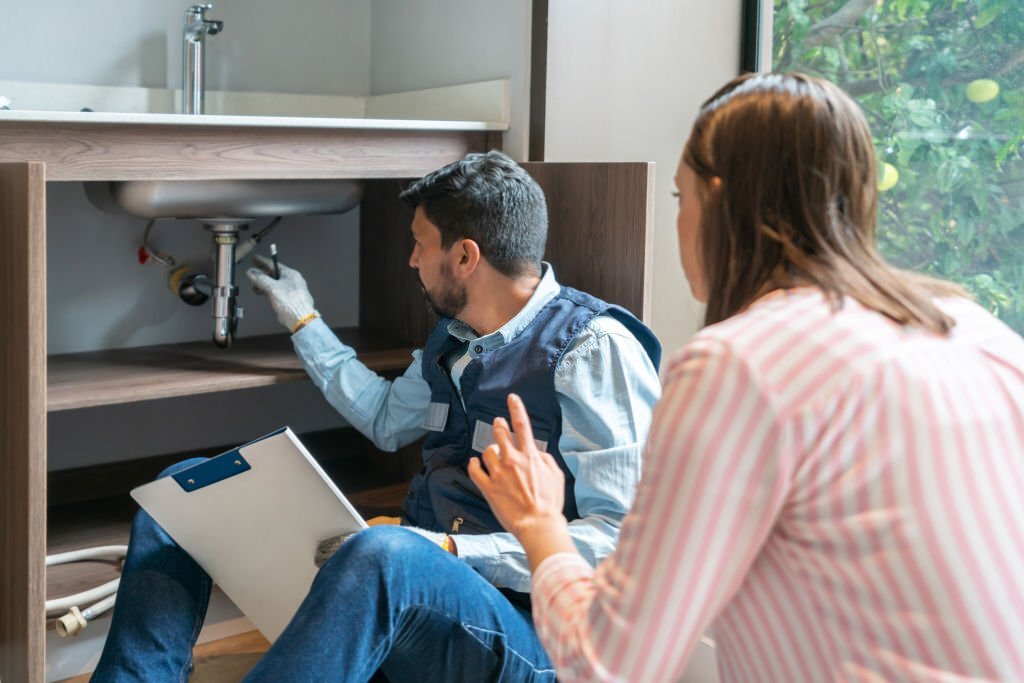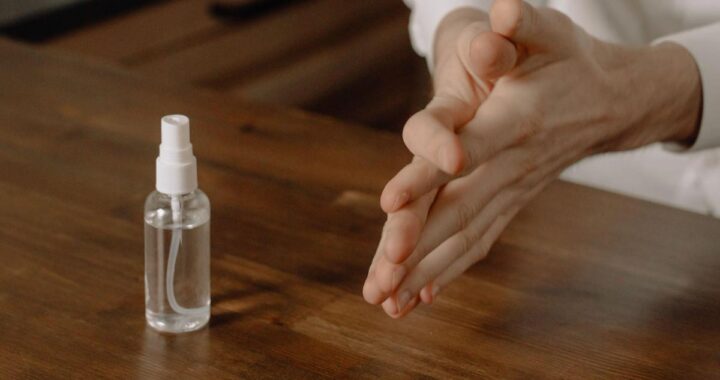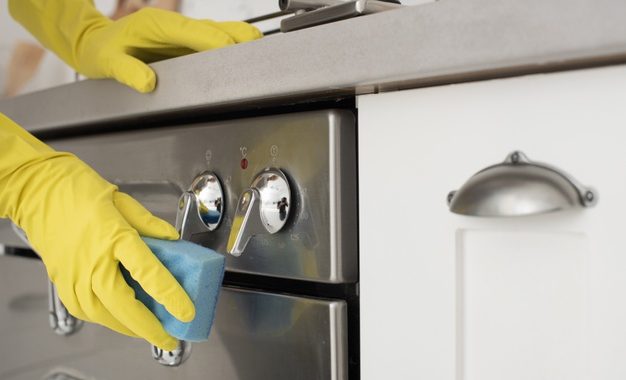10 Plumbing Checks Before Purchasing Your First Home

Are you planning to buy your first home? Well, congratulations on this step. It is an exciting milestone and a significant achievement. As you embark on this new chapter of homeownership, it’s crucial to make sure you’re making the right choice and investing in a property that meets your needs and expectations.
The plumbing system is one of the most important aspects to check for your prospective home. Plumbing issues can be costly and inconvenient for you as a homeowner. Here are ten plumbing checks you must conduct before buying your first home.
1. Water Pressure
Water pressure refers to the force at which water flows through the plumbing system. Adequate water pressure is essential for everyday tasks such as showering, washing dishes, and laundry. All these will impact your decision when buying your first home.
When inspecting water pressure in a potential home, turn on faucets and showers in different areas to assess if the pressure is consistent and satisfactory. Low water pressure could indicate underlying plumbing issues such as clogged pipes, mineral deposits, or even problems with the municipal water supply. The same applies to high water pressure.
2. Leaks
Leaks are a common plumbing problem that can result in significant damage if not addressed promptly. During a home inspection, carefully check for visible signs of leaks, such as water stains, dampness, or mold growth on walls, ceilings, or floors.
Pay close attention to areas near sinks, toilets, showers, and water-use appliances. Check for any dripping faucets or running toilets as well. Note that not all leaks are immediately visible, so it’s advisable to inspect areas with accessible plumbing, such as the basement or crawl spaces, for any signs of water damage or moisture. If you notice any leaks, it’s crucial to investigate their source and determine the extent of the damage.
3. Drains
Properly functioning drains are vital for efficient water flow and waste removal. While inspecting drains in a potential home, run water in sinks, bathtubs, and showers to ensure they drain without any delays or backups. Slow drainage or standing water can indicate clogs in the pipes, which may require professional attention.
Additionally, check for any unusual odors from drains, as foul smells could indicate sewer line issues. It’s also worth examining the grout and caulking around the drains to ensure they are in good condition and prevent water seepage into surrounding areas.
4. Toilets
Toilets are a crucial component of any plumbing system, and it’s crucial to ensure they are in proper working order before purchasing a home. When inspecting toilets, flush them to check if they operate smoothly and without leaks.
Observe if the tank refills adequately and if there are any unusual sounds or running water after flushing. Inspect the toilet base for any signs of water damage or leaks. An unsafe or unstable toilet may indicate a faulty installation or underlying structural issues that should be addressed. Additionally, check the condition of the toilet seat, flushing mechanism, and any accompanying components to ensure they function properly.
5. Water Heater
The water heater is responsible for providing hot water throughout the home, and it’s essential to assess its condition and efficiency. Inquire about the age of the water heater and its maintenance history. Typically, a well-maintained water heater can last around 10-15 years, but an older unit may require replacement soon.
Inspect the water heater for any signs of leaks, corrosion, or rust. Check if the temperature and pressure relief valve is in good working condition. If there are any issues, it is important that you talk to an experienced handyman to help you out.
6. Visible Pipes
Inspecting visible pipes can provide valuable insights into the overall condition of the plumbing system. Look for any signs of corrosion, rust, or damage on exposed pipes, both supply lines and drainage pipes. Corrosion or rust may indicate potential leaks or pipe deterioration, which could require repairs or replacements.
Additionally, check for proper insulation on pipes, especially in areas prone to freezing temperatures. Poor insulation can lead to frozen or burst pipes during colder months. Examine joints and connections for any signs of leakage or moisture. While visible pipes provide a glimpse into the plumbing system, it’s important to note that not all pipes, such as those behind walls or underground, may be visible.
7. Sewer System
The sewer system carries wastewater away from the home and into the municipal sewer or septic system. Assessing the condition of the sewer system is crucial to avoid potentially costly repairs or backups. Consider the age of the sewer system and whether it has been inspected or maintained recently.
If possible, obtain information about the material used for the sewer pipes (such as PVC, cast iron, or clay) and its expected lifespan. It’s advisable to have a professional plumber perform a sewer line inspection using specialized cameras to check for any blockages, tree root intrusions, or other issues that may hinder the flow of wastewater.
8. Water Supply and Shut-Off Valves
Understanding the water supply system and locating the shut-off valves is essential for convenience and emergencies. Identify the main water supply valve near the water meter or where the water line enters the home.
Test the main shut-off valve to ensure it properly turns off the water supply. This valve is crucial during emergencies or when performing plumbing repairs. It’s also important to locate and test shut-off valves for individual fixtures such as sinks, toilets, and appliances. In case of leaks or repairs, familiarity with the shut-off valves can help minimize potential damage and inconvenience.
9. Water Meter
The water meter is an important component of the plumbing system that measures the water consumed in the home. Understanding the condition and functionality of the water meter can provide valuable information about water usage and potential issues.
Inspecting the water meter can provide insights into water usage patterns, leak detection, and potential billing discrepancies. If you have doubts about the water meter’s functionality or notice any unusual readings, contact the local utility company for assistance.
10. Winterized Pipes
If you’re purchasing a home in a region with cold winters, checking whether the plumbing system has been properly winterized is essential. Winterization helps protect the pipes from freezing and potential damage. Even worse, frozen pipes can burst and lead to significant water damage.
In case the home has been vacant or unoccupied during the winter, it’s crucial to ensure the plumbing system has been appropriately winterized to avoid potential headaches and costly repairs. When you have any doubts or concerns about the winterization of the pipes, consult a plumber to assess the situation and provide guidance on necessary precautions.
Conclusion
When purchasing your first home, thoroughly inspecting the plumbing system is crucial to ensure a smooth and problem-free homeownership experience. By conducting these checks, you can identify any existing or potential plumbing issues, such as low water pressure, leaks, clogs, or faulty fixtures. Addressing these problems before finalizing the purchase of your home can save you from unexpected expenses and the hassle of dealing with plumbing repairs after moving in.

 Simple Ways to Find the Best Handyman
Simple Ways to Find the Best Handyman  How to choose the best air sanitiser spray Singapore
How to choose the best air sanitiser spray Singapore  Effectively Clean and Disinfect the Most Contaminated Kitchen Areas
Effectively Clean and Disinfect the Most Contaminated Kitchen Areas